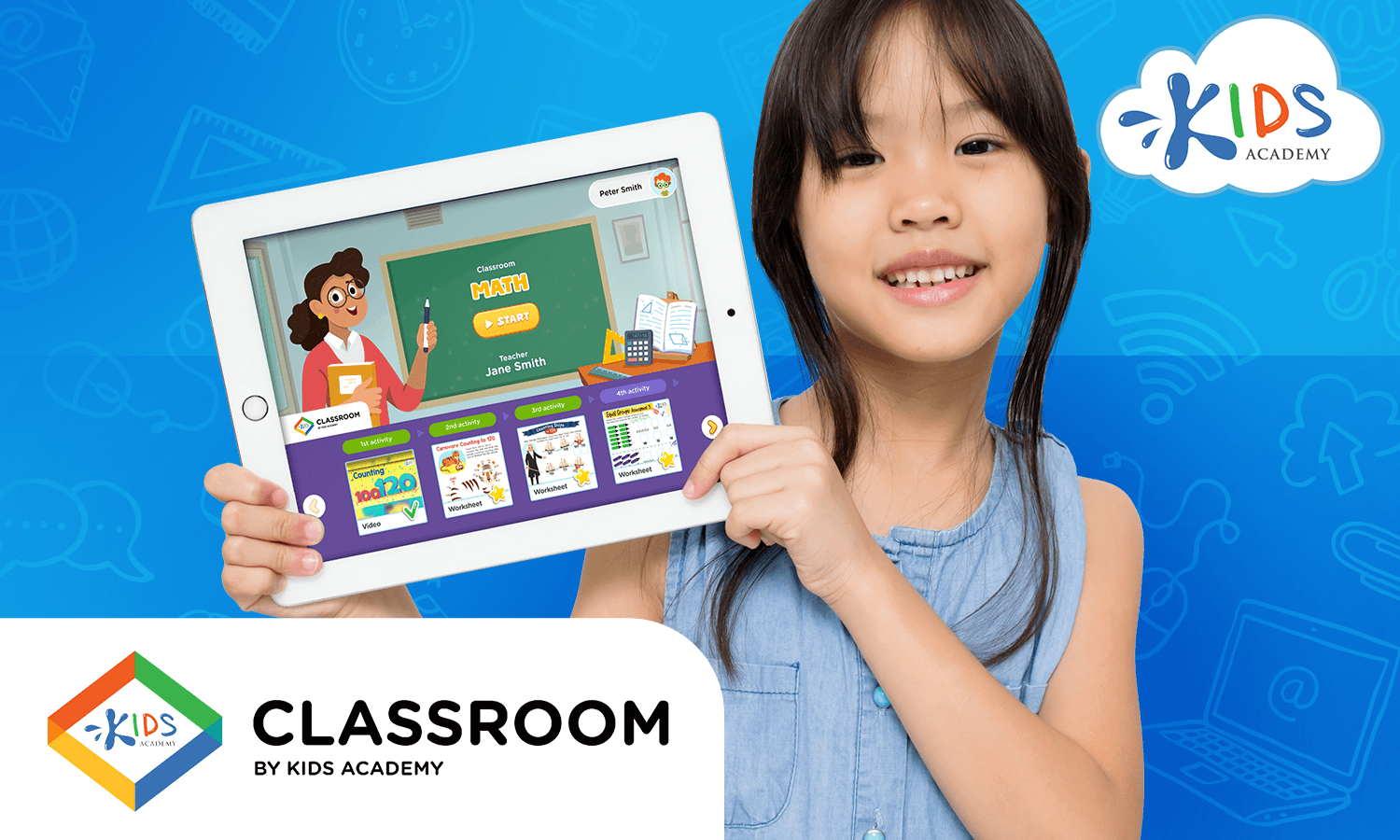Spatial awareness Normal Worksheets for 6-Year-Olds
13 filtered results
-
From - To
Foster your 6-year-old's development with our Spatial Awareness Normal Worksheets, designed to boost critical learning skills through engaging activities. These worksheets from Kids Academy focus on spatial relationships, helping children understand how objects fit together and move in space. Ideal for first graders, these activities offer practice in directions, shapes, and positions. Through fun puzzles, drawing exercises, and interactive tasks, kids enhance their ability to solve problems, follow instructions, and improve their overall cognitive abilities. Perfect for home or classroom use, our worksheets make learning enjoyable and effective, catering to the essential developmental needs of young learners.
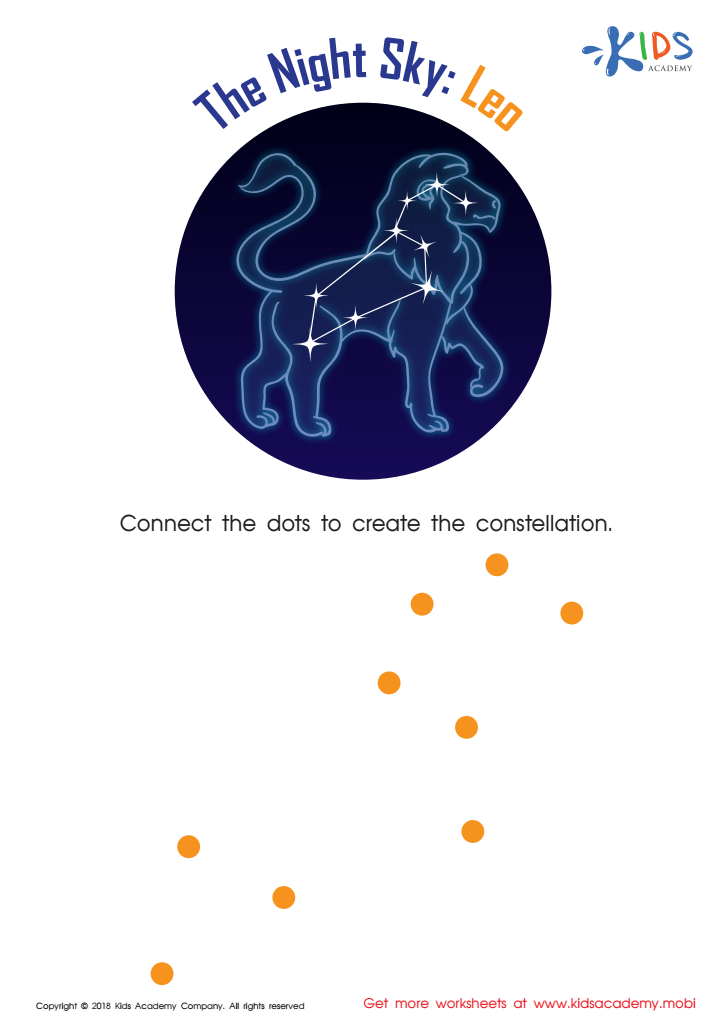

The Night Sky: Leo Worksheet
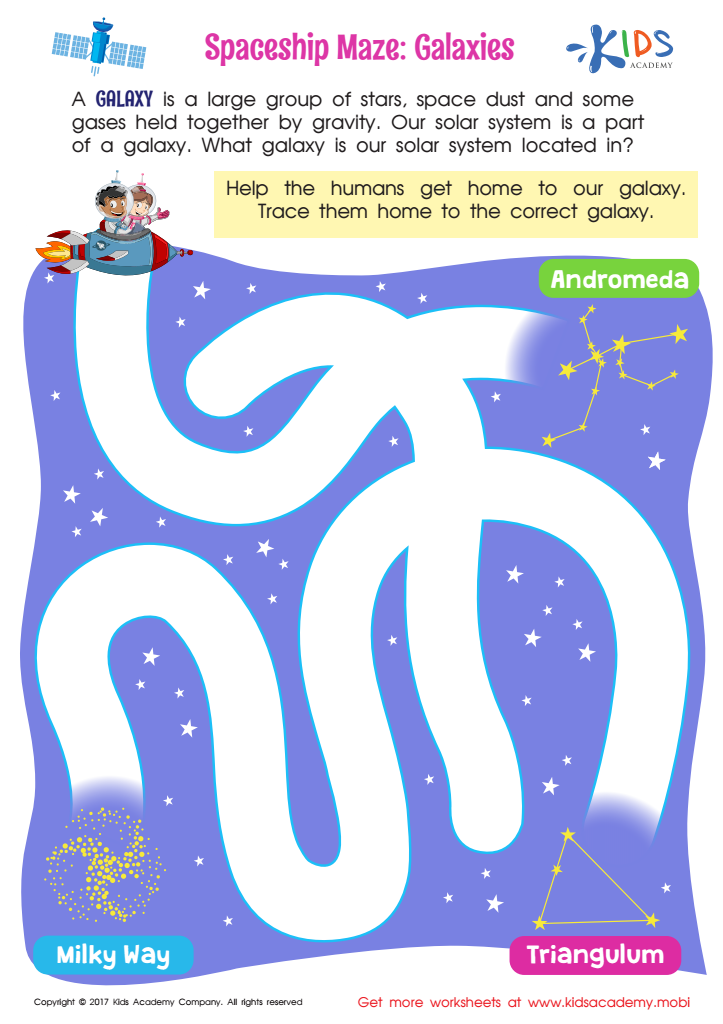

Spaceship Maze: Galaxies Worksheet


Uppercase Letters Maze Worksheet
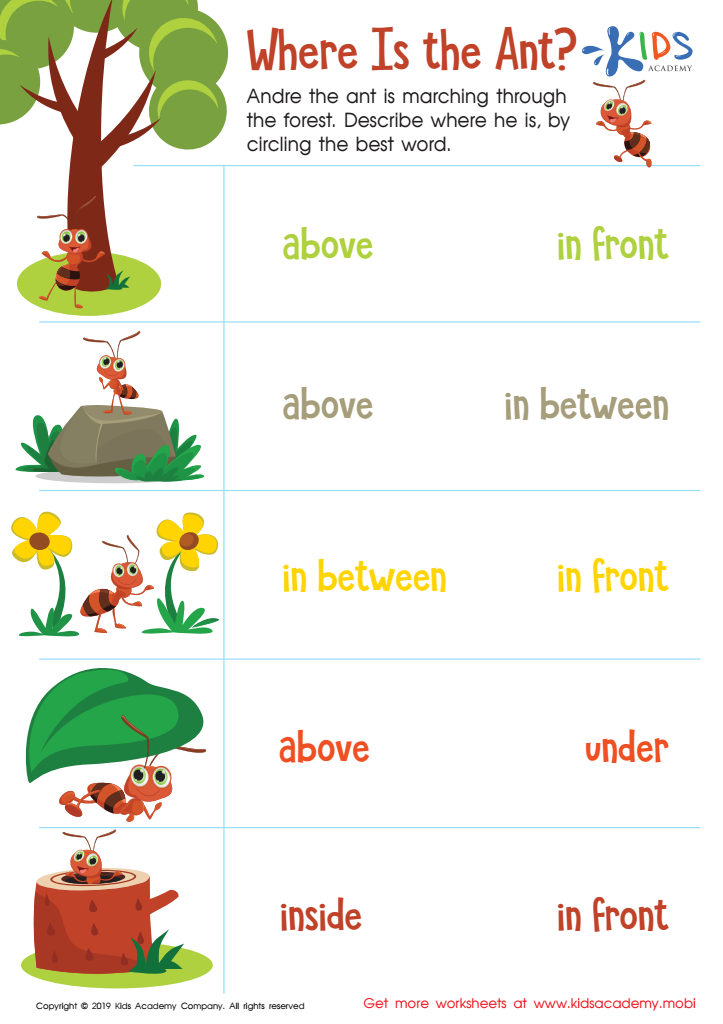

Where Is the Ant? Worksheet
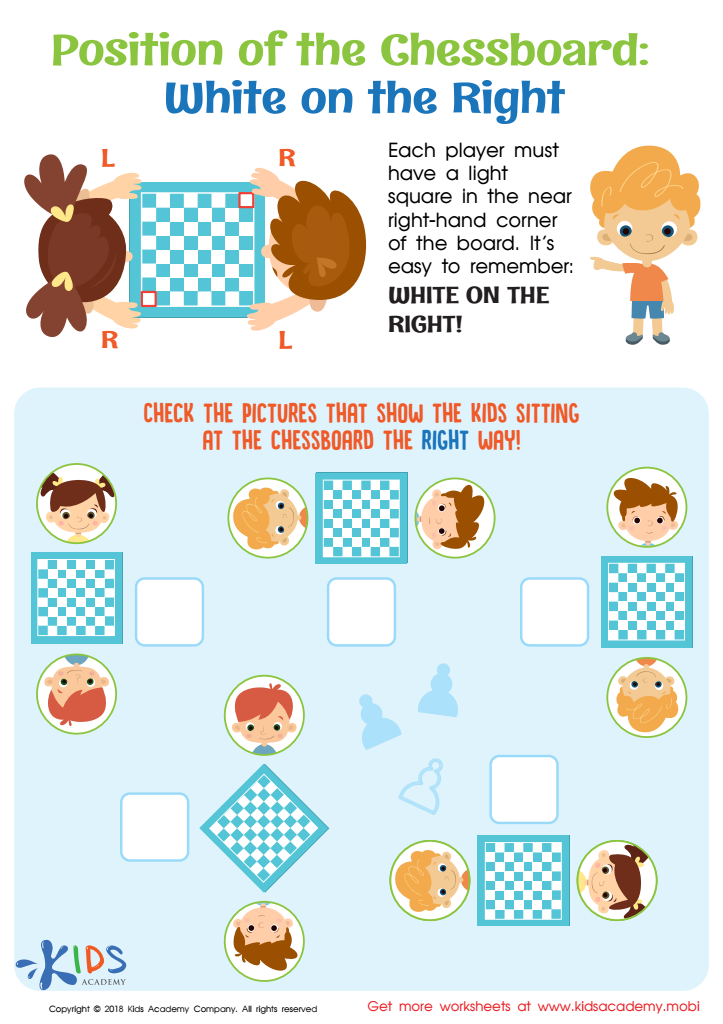

Position of the Chessboard: White on the Right Worksheet
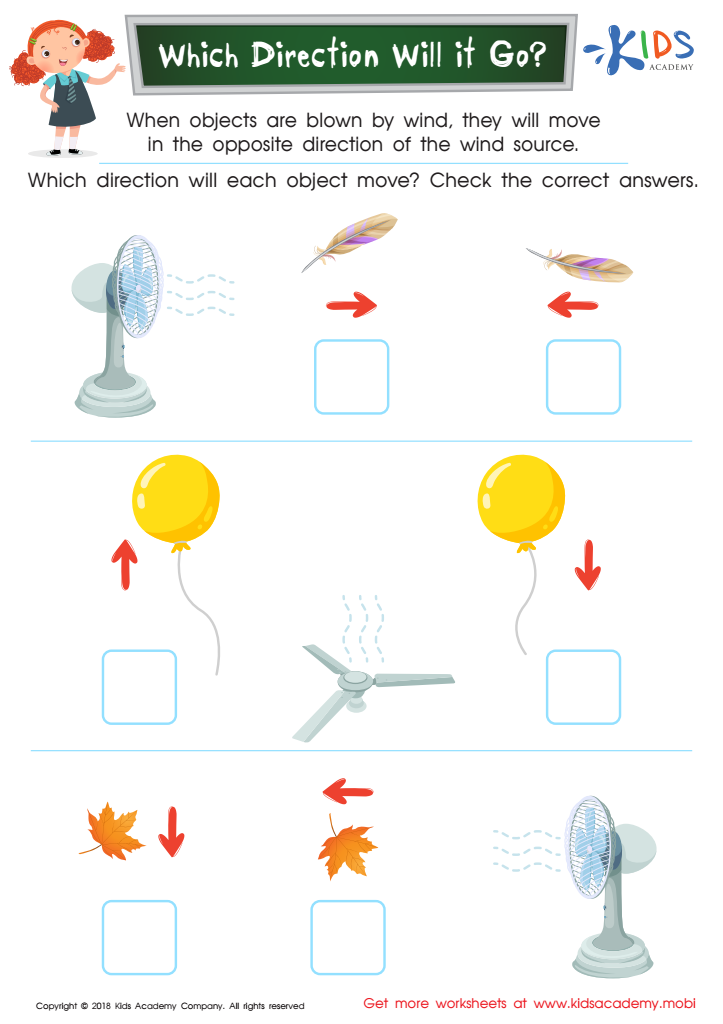

Which Direction Will it Go? Worksheet
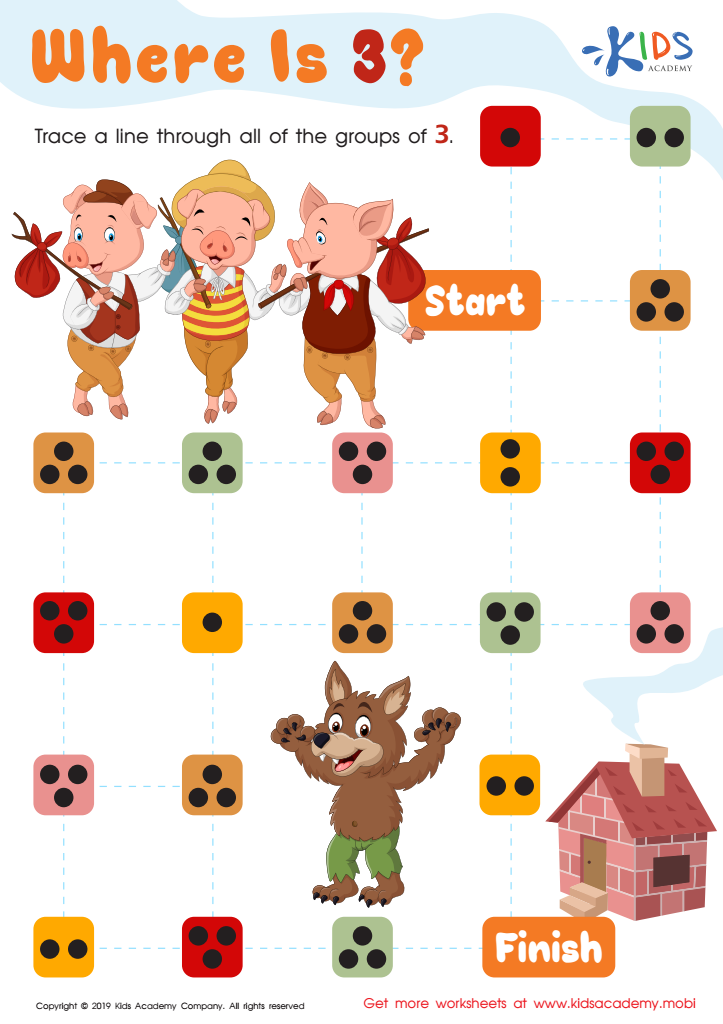

Where Is 3? Worksheet


Three–Dimensional Shapes: Cylinder Worksheet
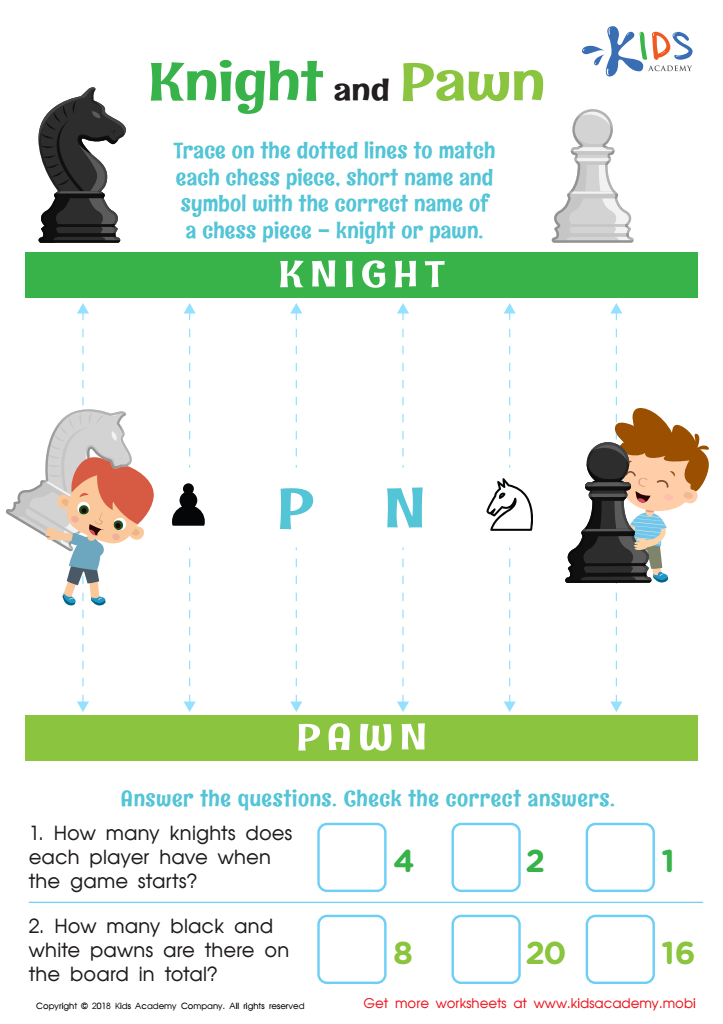

Knight and Pawn Worksheet
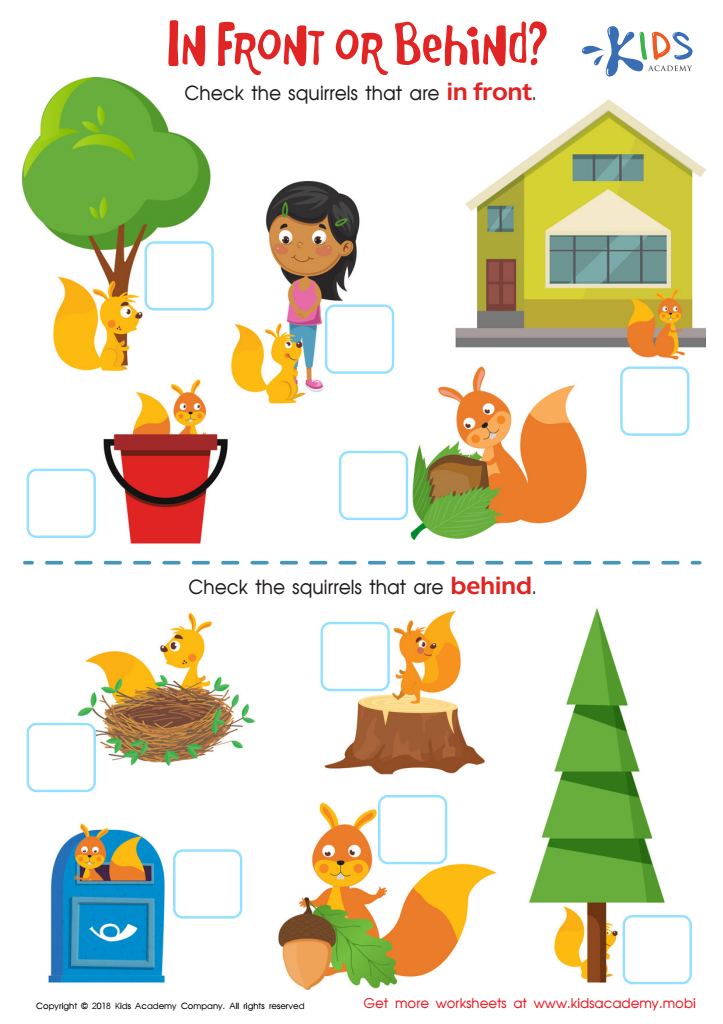

In Front or Behind: Part 2 Worksheet
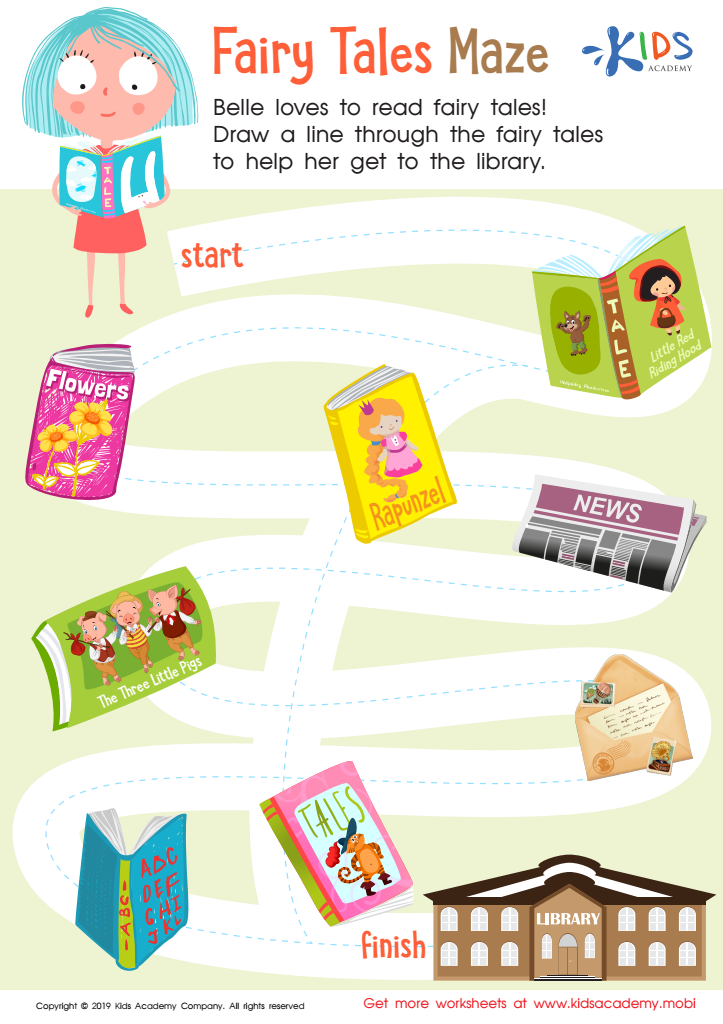

Fairy Tales Maze Worksheet
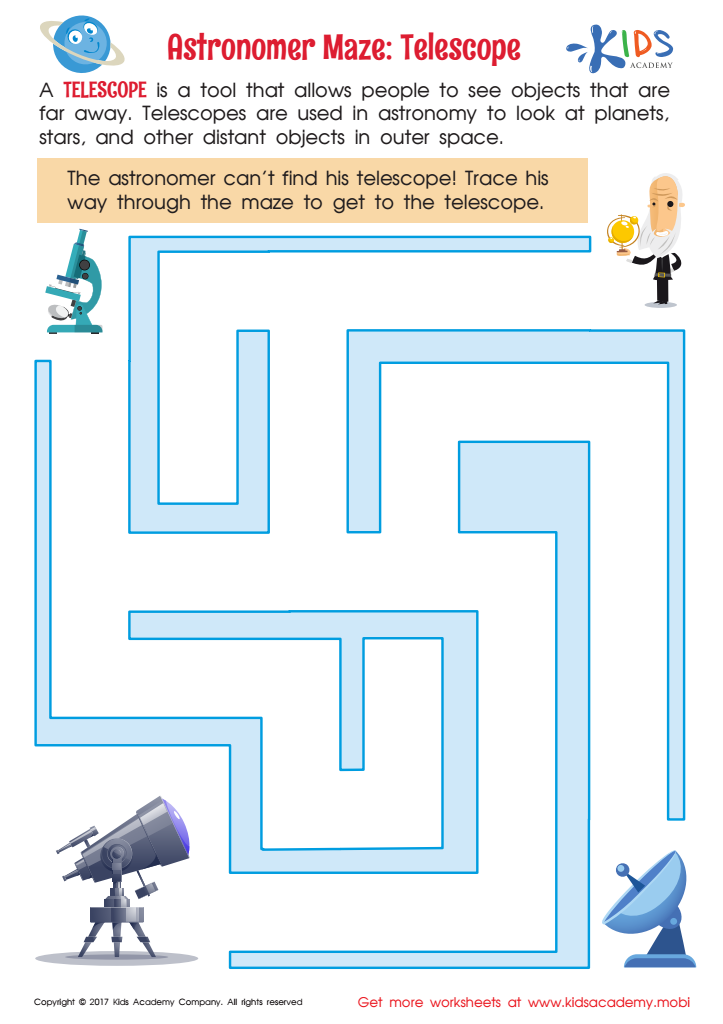

Astronomer Maze: Telescope Worksheet
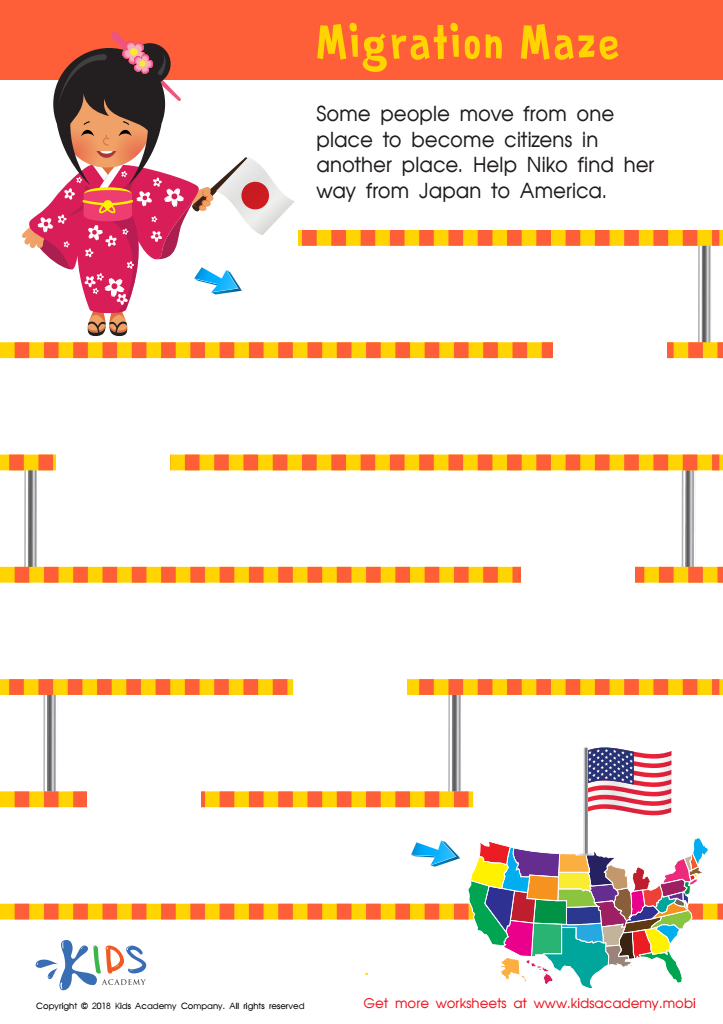

Migration Maze Worksheet
Spatial awareness refers to the understanding of oneself in relation to objects and others in the environment. For a 6-year-old child, developing this awareness is critical for several reasons, and both parents and teachers play essential roles in fostering this skill.
Firstly, spatial awareness contributes to physical development. Children use spatial skills in everyday activities such as tying shoelaces, navigating through a playground, and participating in sports. Proper spatial understanding helps them gauge distances and improves their coordination and safety.
Academically, spatial skills are fundamental for subjects such as mathematics and science. Activities like solving puzzles, building with blocks, and drawing require children to perceive and manipulate spatial relationships. Research has shown that early development of spatial awareness can influence a child's ability to engage in STEM fields later in life.
Socially, children with strong spatial awareness can better interpret body language and social cues, helping them to interact more effectively with others. For instance, understanding personal space promotes better peer relationships and reduces conflicts.
Intervening early to support the development of spatial awareness, whether through play, structured activities, or classroom instruction, equips children with essential life skills. Thus, parents and teachers should invest time and effort into cultivating strong spatial awareness, setting the foundation for a child's future success and well-being.
 Assign to My Students
Assign to My Students





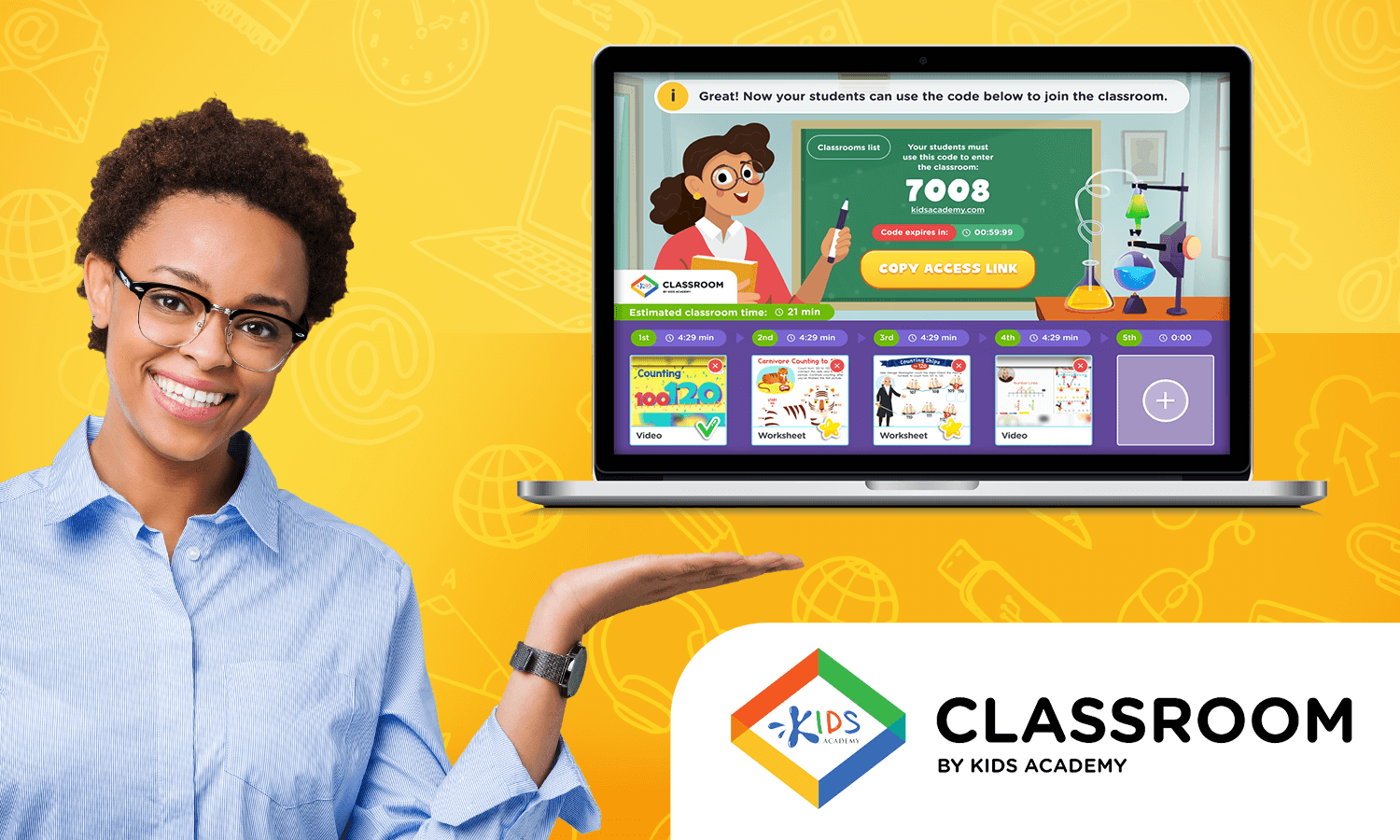
.jpg)


